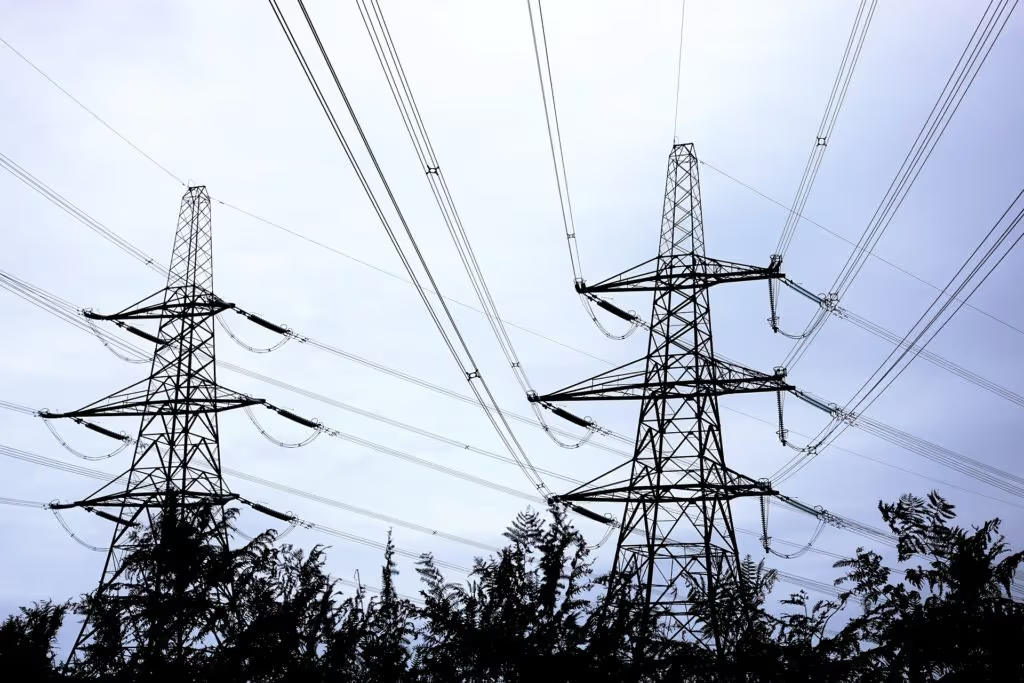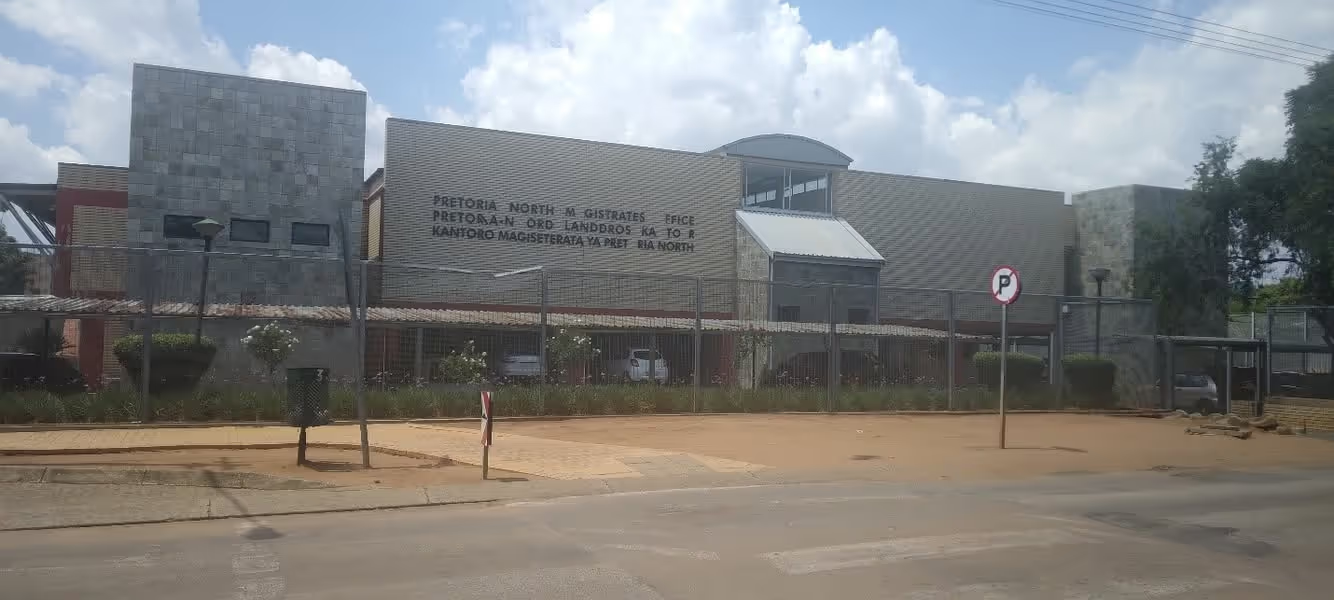While loadshedding was supposed to go down to Stage 2 this morning, Eskom is singing a different tune saying it will instead go to Stage 4 from 10AM due to loss of generation capacity. Yesterday in a press conference, Eskom Acting Chief Nuclear Officer Keith Featherstone announced that the power utility was ready to do all they can to operate Koeberg Nuclear Power Station in Cape Town for the next two years and beyond.The media briefing saw Eskom’s CEO Jan Oberholzer and Acting Head of Generation Rhulani Mathebula, addressing the reasons for the recent power cuts.
Featherstone explained that Eskom was under pressure with some of its generators failing due to overloading hence the implementation of power cuts.
The crisis has had damning ramifications for not just the people but also economic activity, with rolling blackouts having become some sort of a norm. It doesn't look like this will be a thing of the past soon as an Eskom official declared it take a year or more before the situation is sorted, this despite President Cyril Ramaphosa intervention earlier in the year to tackle the energy crisis as a matter of priority in the country.
ROLLING BLACKOUTS
These blackouts began in late 2007 and in recent years have become more frequent,disturbing daily life. These blackouts happen when generating units are offline due to maintenance, refuelling or even repairs. Featherstone said Koeberg’s operating licence from the National Nuclear Regulator expires in July 2024, however the power utility has asked that it be extended for a further 20years. “There is a risk that the extended licence will not be issued because we have also indicated some changes that need to be completed at the plant to make sure that the equipment is able to work throughout the stipulated time frames and continue producing electricity," said Featherstone.
REASONS FOR RECENT POWER CUTS
Issues at Koeberg Unit 2 are a major contribution to the recent power outages. The unit went offline on the 3 September when the reactor tripped because the control rod had a problem. Although they are aware that it is normal for the trips to occur after a control rod has been replaced.
The current situation is that Eskom has just under 11% of capacity of electricity on planned outages. Those are just the technical problems, however, some of Eskom’s woes are contributed to mismanagement, skills shortages, negligence by staff to mention a few.
THE IMPACT OF LOAD SHEDDING
Eskom’s troubles have made life more difficult, especially for those people running businesses, be it big or small. Those who can’t afford to purchase generators have had to wait for power to be restored for business to resume. This meant loss of income for those selling food as Eskom may implement load shedding at crucial business hours for many industries.Residents have been crying foul about damaged electric appliances such as stoves, fridges, televisions and the like. This is because when the power is restored it comes back in high voltage causing serious damage.
PRICE HIKES AND BAILOUTS
Going for one to four hours a day without electricity has become a norm. Be that as it may, Eskom keeps asking for tariff increases. In recent times, Eskom proposed the power regulator National Energy Regulator of SA (Nersa) to allow a 20,5 percent tariff increase but it allowed a 9,61 percent increase effective 1 April 2022. In a bid to save the state-owned entity from collapsing, the government has been keeping its head above water though bailouts. The government said the power utility is too big and important for it to fail as it supplies about 95 percent of the nation’s power, thus it keeps on throwing billions at it.
TURNING THINGS AROUND
The jury is out about whether there is a light at the end of the tunnel for the power utility. The International Monetary Fund made a few major suggestions, one being that Eskom should abandon its outdated business model, reduce its footprint in the sector, and compete on a level playing field with private participants, including the producers of renewable energy. Urgent steps to be taken by the company include improved procurement processes to reduce costs, better service delivery through enhanced operational efficiency, faster collection of arrears from municipalities and continued rationalisation of its wage bill.
Importantly, any government support should be conditional on achieving key milestones in these areas, and any solution to Eskom’s debt problem should avoid undermining reform incentives.
Eskom CEO Oberholzer explained that they were looking to replace six of their steam generators as part of the life expansion programme at Koeberg. Five of the steam generators have been delivered to South Africa from China and the remaining one will land in December.






